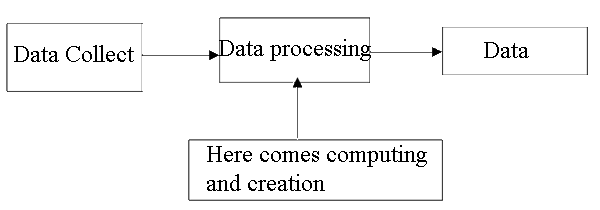Programming
The programming divides a problem into its basic components to solve it with a computer using coded instructions acceptable by the machine
Algorithm
An algorithm is the set of operations necessary to transform the initial data of a problem into the results to be obtained, those that are the solution of a problem (there may be more than one algorithm, since the solution of a problem does not have as to be unique)
Pseudocode is the language similar to the spoken language chosen by us to design algorithms. Later, this pseudo-code will be useful to convert it to a specific programming language
A program is a finite set of instructions directly understandable by an information processing system: a machine, a computer, a tablet, a mobile phone; that allow ordering the execution of the sequence of steps chosen to solve the given problem in finite time
Definition An algorithm is an ordered and finite sequence of steps, free of ambiguity, that leads to the solution of a given problem in a finite time
Example of algorithm
As seen in the example, from some data: option, base and height (which are described in the Precondition), processed through a set of instructions, we obtain the information we wanted, the area of the geometric figure (which are described in Postcondition)
Therefore, information is not born or arises out of nowhere, it must be elaborated from a raw material, the data, through a process

